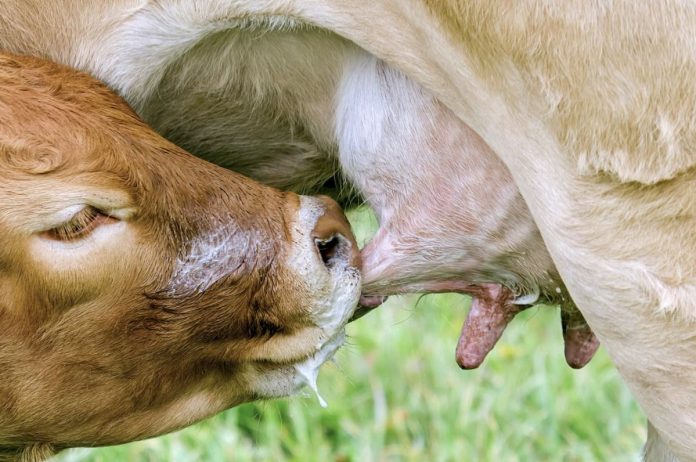Since birth, a calf requires good nutritional care for it to grow healthy and productive. A consistent diet during the liquid feeding program is essential for the growth of dairy calves. Dairy farmers can adopt the calf milk replacer as an alternative to the saleable whole milk.
Reasons to Use Calf Milk Replacers
Cattle milk replacers constitute elements that resemble cow milk. Feeding a calf using whole milk is expensive compared to by-products from industries that manufacture milk. Apart from the ingredients being cost-effective, they are of high quality too. Milk replacers give flexibility in the amount and type of ingredient to use. The feeding technique reduces the risk of calves contracting disease-causing organisms from unpasteurized milk.
Ingredients in the Milk Replacers
The recommended protein level for milk replacers is 20% to 27%. Whey is a by-product of cheese and it is very nutritious than skim milk. The diet should include the soy proteins, hydrolyzed wheat gluten protein, and plasma proteins. A diet with vitamins and minerals helps in the metabolism of the young one. Carbohydrates, fats, and oils in the milk replacers will give the calf more energy.
Steps to Feeding the Calf using Milk Replacers
Weighing
It is essential to be accurate in the nutrients that one uses. A scale will measure the weight of ingredient that you use unlike using a cup which gives volume. This is the only way to get the exact amount that you want.
Mixing
The temperature of water for mixing the calf milk replacer powder should be around 110 degrees Fahrenheit. It helps in the solubility of the ingredients. Most of the calf milk replacers recommend a gallon of water for every 1.2 pounds. It is vital to ensure that the powder and water mix thoroughly to avoid lumps. Regulating the amount of water ensures that the farmer gets the right concentration according to the feeding program. One can use a manual whisk to mix the ingredients or make use of automatic mixers. For consistency in the feeding program, it is critical to have an accurate and consistent calibration for the feeding plan.
Feeding
After the calf takes colostrum form the first milk of the mother cow, farmers can now use milk replacers. One can choose to feed the calf once or twice a day using buckets or bottle feeders. The standard intake of the powder is 1.25 pounds daily. Increasing the rate of feeding boosts the health and immunity of the cattle. It is critical to reducing the risk of infections by cleaning and sanitizing the equipment.
The Dos and Don’ts
- Choose the product with the right content of nutrients and additives.
- Be consistent with the type of milk replacer that you choose.
- Ensure that you manage the feeding program efficiently.
- Place the replacers in a cool and dry area.
- Do not underfeed or overfeed the calf. Give the right amount as prescribed.
Conclusion
Calves are the foundation of having a healthy and milk-producing cow. A nutritious feeding program ensures that the young one reaps the maximum benefits.
Read Also : Top Plant-Based Vegan Protein Sources for Meals






























































